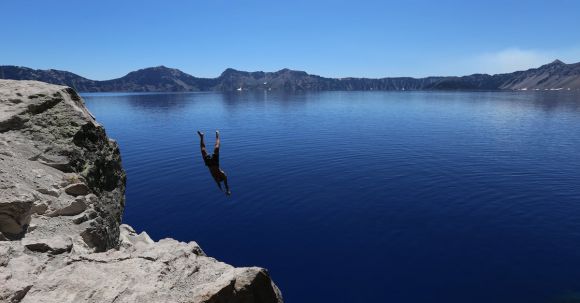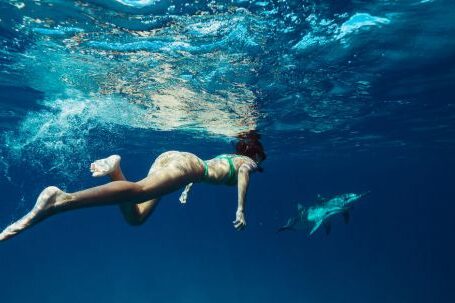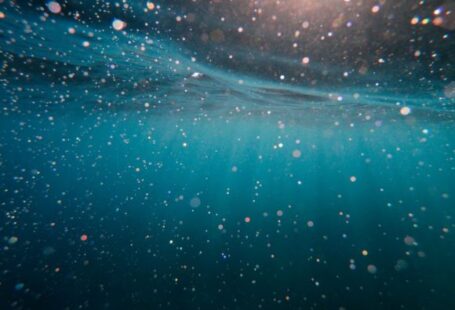Underwater photography offers a unique and captivating perspective of the world beneath the surface. Whether you are a beginner or an experienced photographer, there are always ways to improve your skills and capture stunning images. In this article, we will explore some tips and techniques to help you perfect your underwater photography skills.
Understanding the Environment
Before diving into the world of underwater photography, it is essential to have a good understanding of the underwater environment. Different bodies of water have varying visibility, currents, and marine life. Take the time to research and familiarize yourself with the location you plan to shoot in. This knowledge will help you anticipate challenges and opportunities, allowing you to better prepare for your underwater photography adventure.
Mastering Your Equipment
Having the right equipment is crucial for underwater photography. Invest in a high-quality underwater camera and housing that suits your budget and needs. Familiarize yourself with its features, settings, and limitations. Practice using your camera on land before taking it underwater to ensure you are comfortable with its controls.
Lighting Techniques
Light is one of the most critical elements in photography, and underwater photography is no exception. Understanding how light behaves underwater and how to manipulate it can significantly enhance your images. Consider using external strobes or underwater lights to add more light and color to your subjects. Experiment with different angles and positions to create depth and dimension in your compositions.
Composition and Framing
Composition plays a vital role in creating visually appealing images. When framing your shots, keep in mind the rule of thirds and leading lines. Look for interesting patterns, textures, and colors to add depth and interest to your photographs. Experiment with different perspectives and angles to capture unique and captivating shots. Don’t be afraid to get up close and personal with your subjects to capture their intricate details.
Mastering Buoyancy and Stability
Maintaining buoyancy and stability underwater is essential for capturing sharp and clear images. Practice proper buoyancy control to avoid disturbing the marine environment and to position yourself effectively for your shots. Use a sturdy underwater tripod or steady your camera against a rock or coral to reduce camera shake and capture sharper images.
Patience and Persistence
Underwater photography requires patience and persistence. Marine life can be unpredictable, and capturing that perfect shot may require multiple attempts. Take your time, observe your surroundings, and wait for the right moment to press the shutter button. Don’t be discouraged if you don’t get the shot you envisioned on your first try. Learn from each experience and keep practicing to improve your skills.
Post-Processing and Editing
Post-processing and editing can take your underwater images to the next level. Invest in reliable editing software and learn to enhance your images without overdoing it. Adjust the exposure, colors, and contrast to bring out the natural beauty of your subjects. Remember to maintain the integrity of the scene and avoid altering it beyond recognition.
Sharing Your Work
Finally, don’t forget to share your underwater photography masterpieces with the world. Join online photography communities, submit your images to contests, and showcase your work on social media platforms. Engage with other underwater photographers to gain inspiration and feedback on your work. Sharing your images not only allows you to showcase your skills but also raises awareness and appreciation for the beauty and fragility of the underwater world.
In conclusion, perfecting your underwater photography skills requires a combination of technical knowledge, artistic vision, and practice. By understanding the underwater environment, mastering your equipment, and employing proper techniques, you can capture stunning images that will leave a lasting impression. Remember to be patient, persistent, and always seek opportunities to learn and grow as a photographer. Happy diving and shooting!





